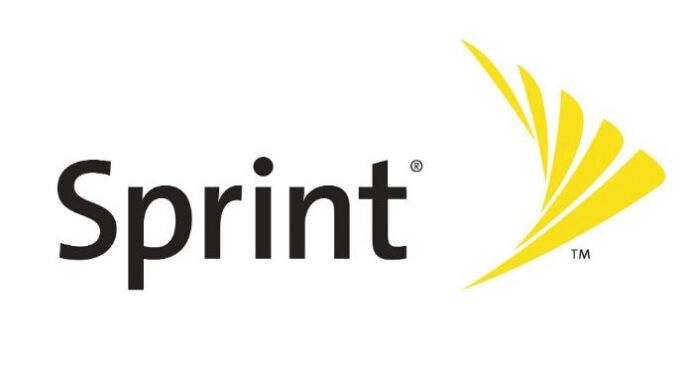This week’s reported first quarter results from AT&T Mobility and Verizon Wireless, along with strong results expected from T-Mobile US, has soured already low expectations for what Sprint is forecast to announce on April 29.
Analysts were already predicting a continuation of postpaid net customer losses for the nation’s No. 3 carrier, something that has been plaguing operations for several years. However, with recent rate plan moves by its rivals and moves by Sprint to remain competitive with its “Framily” plans, analysts are also expecting average revenue per user to take a hit.
“Near term, operations will be pressured by a mix of continued network optimization and intense competition, namely from T-Mobile and AT&T,” explained Canaccord Genuity in a research report. “Though expectations are low for [first half 2014] as the company works to complete Network Vision, we believe heightened competition will make it increasingly difficult to achieve the type of recovery trajectory envisioned when Softbank acquired a majority stake.”
Canaccord Genuity is predicting Sprint lost about 161,000 postpaid subscribers during the first quarter, though continued strong growth from its prepaid and wholesale operations should allow the carrier to post an overall net customer gain for the quarter. Sprint posted 477,000 net customer additions to its network during the fourth quarter of last year, though for the full year it lost 2.3 million customers, which was impacted by slower growth from its CDMA and LTE operations that were not enough to offset defections from the turn down of its iDEN network.
Sprint had already warned investors that it expects operations to remain challenged through at least the first half of this year as the carrier works through completion of its Network Vision program. Network interruptions from that operation has resulted in higher churn rates and increased pressure on operations.
Sprint’s financial position was thought to have been somewhat solidified last year following Softbank’s $21.6 billion purchase of a controlling stake in the carrier. However, analysts have noted that Sprint continues to hit roadblocks in its network plans that have stretched its financial resources and further hampered its ability to compete on network quality. Sprint said it surpassed 200 million potential customers covered by its LTE network at the end of last year, but overall coverage continues to lag behind rivals. Sprint’s LTE network is also suffering in terms of speed as it has only 10 megahertz of spectrum to support services across most of its markets compared with at least 20 megahertz from rivals.
Sprint’s Spark program is expected to eventually turn the tide in terms of network speed, as Sprint will be looking to add support from its substantial 2.5 GHz spectrum holdings. Sprint CFO Joe Eutenuer recently noted the carrier remained on track to hit 100 million pops covered with its Spark program by the end of this year, a number that analysts feel it need to increase in order to gain any sort of marketing advantage.
While Sprint is expected to remain somewhat constrained in the near term, analysts feel that the carrier could be a wildcard once its works through its current network issues.
“In terms of Sprint, until it gets through its Network Vision project (and figures out its future [merger and acquisition] strategy – or if there will be one), we would expect it to remain somewhat quiet,” explained Wells Fargo Securities’ senior analyst Jennifer Fritzsche in a recent report. “But when (and we do believe it is when not if) it does, we would expect it to be anything, but quiet.”
That optimism has been bolstered by recent claims from Sprint Chairman Masayoshi Son that the carrier wants to begin a price war against its larger rivals, though those efforts were also somewhat tied to Son’s interest in acquiring smaller rival T-Mobile US in an attempt to strengthen Sprint’s position in the market.
Bored? Why not follow me on Twitter?

